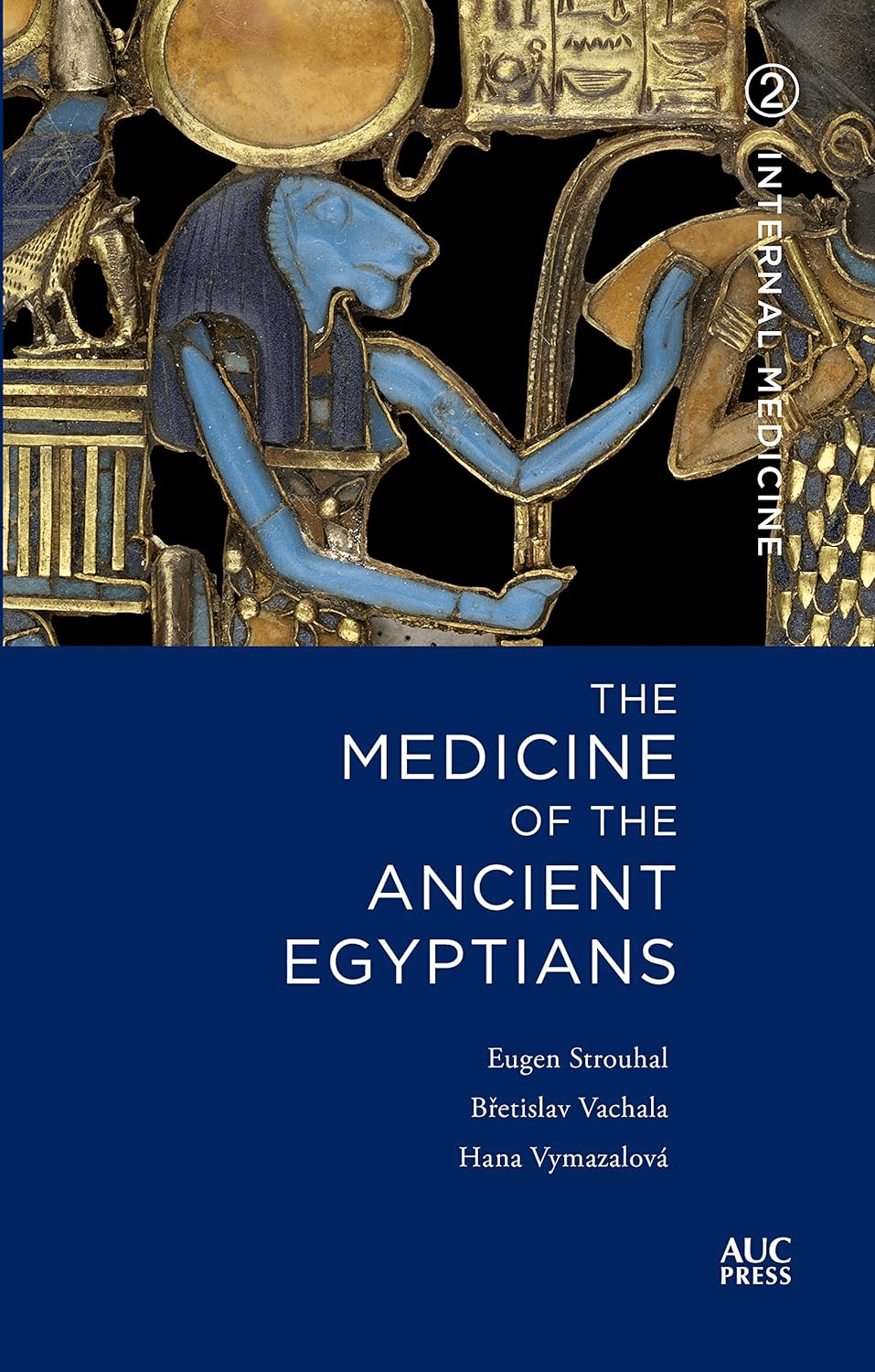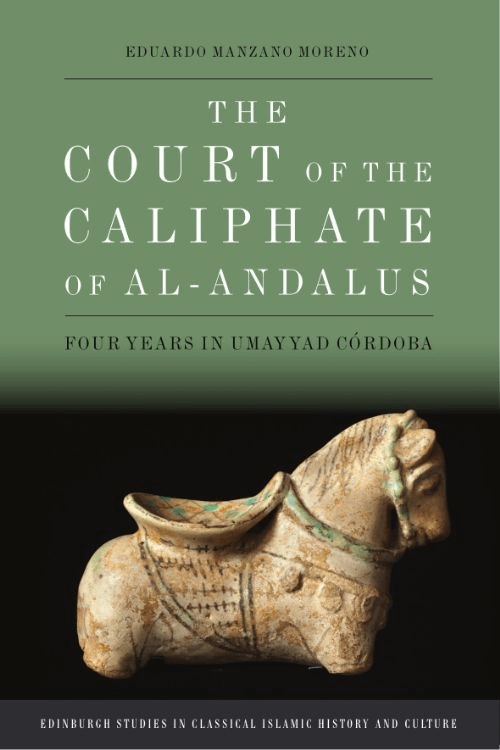
The Medicine of the Ancient Egyptians: 2: Internal Medicine
Robert W. Lebling
Eugen Strouhal, Bretislav Vachala and Hana Vymazalová.
AUC Press, 2021.
This second volume in the series focuses on the science of internal medicine in early Egypt, providing symptoms and treatments in greater detail than most modern discussions. Exploring cases set forth in Egyptian medical papyri—particularly the Ebers papyrus of the second millennium BCE—the authors examine various internal diseases and show how Egyptian physicians, who the authors make clear had nothing in common with the embalmers of mummies, treated respiratory (cough), digestive (constipation, diarrhea and intestinal parasites) and circulatory (heart disease) ailments. Egyptian medical practitioners demonstrated skill in preparing natural—often herbal—remedies in the form of pills, drinks, ointments, foods, enemas. Despite the embryonic states of knowledge of human anatomy, physiology and pathophysiology available, early Egyptian doctors exemplified great confidence in their practice. Besides using empirical knowledge, physicians treated internal diseases with magical methods based on religious concepts and mythology. The authors translated a great many remedies, including detailed ingredient lists.
You may also be interested in...

New Perspective Offered in The Court of the Caliphate of al-Andalus — Our Book Review
Author Eduardo Manzano Moreno gives life to a court scribe’s observations of Córdoba to offer a rarely explored view of the era
Historic Mosques in Sub-Saharan Africa
From Mali to Tanzania, historian Stéphane Pradines traces a thousand years of Islamic architecture that forces us to rethink what we know about Africa’s past.